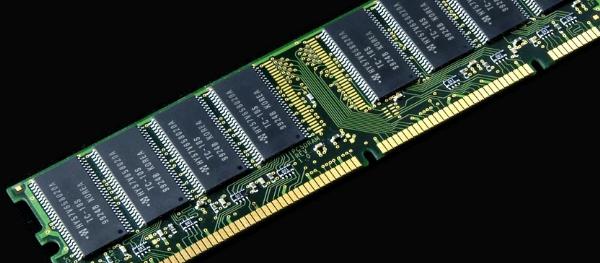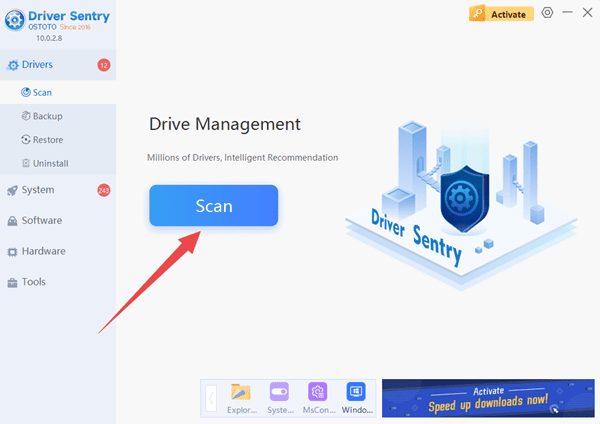
Many users have encountered the problem that their computer monitor prompts "no signal". This usually means that the monitor is not receiving signals from the host computer. In this article, we will analyze the possible causes from various angles and provide corresponding solutions.
Method 1: Check the connection problems
1. Check the video cable connection
The monitor and host computer are usually connected via HDMI, VGA, DVI or DisplayPort. If the monitor shows "No Signal", first check whether the video cable is plugged tightly, you can try:
Unplug the video cable and plug it in again to make sure the connector is not loose or damaged.
Replace the video cable with another one to troubleshoot the cable.
If the host and monitor have more than one video interface, try to replace the interface.

2. Check monitor power
If the monitor is not properly powered on, it will display "No Signal" even if the main unit is running normally. Please make sure:
The power cord of the monitor is properly connected and the outlet is energized.
Observe whether the monitor power indicator lights up, if there is no response, the power adapter or monitor may be faulty.
3. Switching the input signal source
Some monitors support multiple input sources (e.g. HDMI1, HDMI2, VGA), if the input source is selected incorrectly, it may lead to "no signal". You can:
Switch the signal input mode by the keys of the monitor.
Enter the menu settings of the monitor and select the correct video signal input source.
Method 2: Check the computer hardware
1. Re-plug the video card
If you are using a discrete graphics card, a loose or poor contact of the card may cause the signal not to be output. You can:
Turn off the computer and power off, pull out the graphics card and re-insert it, make sure it is fully inserted into the PCI-E slot.
Clean the dust on the gold fingers and slots of the graphics card to avoid poor contact.
If the motherboard comes with an integrated graphics card, try plugging the video cable into the interface on the motherboard to troubleshoot the independent graphics card.
2. Check the memory stick
If the memory stick is loose or damaged, it may also cause the computer not to boot up normally, thus leading to no signal output. You can:
Turn off the computer and power off, pull out the memory stick and reinsert it to make sure it is installed properly.
If there is more than one memory stick, try to test them one by one to rule out damaged memory sticks.

3. Check Power Supply and CPU
A faulty power supply may cause the graphics card or motherboard to fail to supply power properly, so it is recommended to replace the power supply to test it.
Failure to install the CPU correctly may also affect the display output. If the CPU or heat sink has been replaced recently, it is recommended to reinstall the CPU and apply appropriate amount of thermal grease.
Method 3: Update or reinstall the graphics card driver
1. Enter safe mode to update the graphics card driver
Sometimes, displaying no signal may be caused by incompatible or corrupted graphics card driver, you can try the following methods to update it:
Press F8 or Shift + F8 repeatedly to enter Windows Safe Mode when booting up.
In Safe Mode, right-click “This PC” → "Device Manager" → "Display Adapters".
Right-click on the graphics card device, select "Update Driver", and then select "Automatically Search for Updates".
After the update is complete, restart the computer to check if it is back to normal.
2. Use a third-party tool to update the driver
If Windows Device Manager cannot update, you can use "Driver Sentry" to update the graphics card driver.
Download the latest version of Driver Sentry, install, and open the software. Click "Scan".

After the scan, locate the graphics driver in the results and click "Upgrade".
Restart your computer to ensure the new driver is active.
Method 4: Clear CMOS
The motherboard BIOS setting information is abnormal, which may cause the display to fail to output. You can try to reset it by clearing the CMOS:
1. Turn off and unplug the computer.
2. Locate the CMOS battery on the motherboard (usually a coin cell battery).
3. Remove the battery and wait 5-10 minutes before reinstalling it.
4. Turn on the computer and see if it is back to normal
This is how to fix the "No Signal" problem on your computer monitor, hope it helps you.
See also:
How to Fix Dying Light 2 Stuttering and FPS Drops
Fix the Error Occurred While Updating Steam